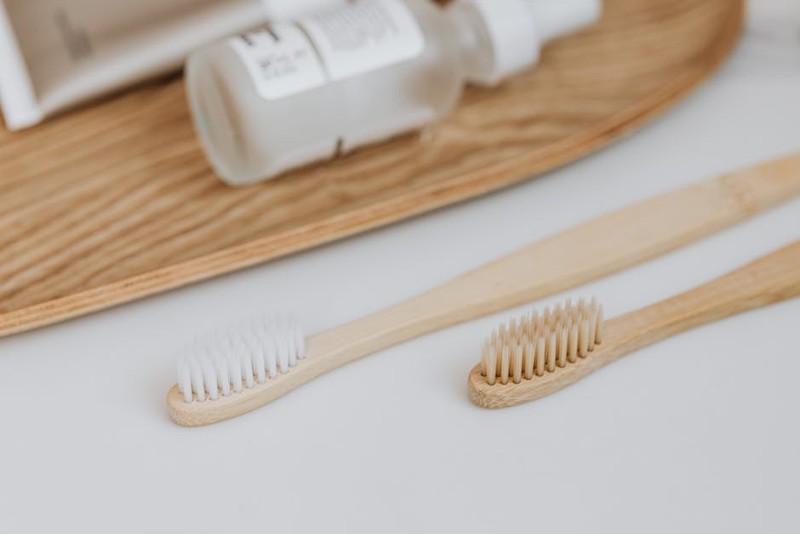Discover how advanced CNC milling techniques transform sustainable materials into high-performance components. Through real-world case studies and data-driven insights, learn to overcome machining challenges with biodegradable polymers and natural composites while maintaining precision and reducing environmental impact.
The Unseen Challenge: Why Eco-Friendly Materials Behave Differently
When I first transitioned from conventional metals to sustainable materials in my CNC projects, I assumed the principles would translate seamlessly. The reality proved far more complex. Eco-friendly materials like polylactic acid (PLA), wood composites, and bio-resins present unique machining characteristics that demand specialized approaches.
The Material Memory Effect: Unlike predictable metals, sustainable materials often exhibit what I call “material memory”—they respond to machining stresses by gradually returning to their original state. This creates dimensional instability that can ruin tight-tolerance components if not properly managed.
⚙️ Thermal Sensitivity: Most eco-materials have significantly lower melting points than traditional engineering materials. During a medical device project using PLA, we discovered that standard cooling approaches actually increased material deflection rather than preventing it.
Case Study: The Biodegradable Drone Component Project
The Initial Failure
A client approached us to manufacture lightweight drone arms using a novel bamboo fiber composite. The specifications demanded ±0.1mm dimensional accuracy and surface finishes below 1.6μm Ra. Our first attempts resulted in:
– Delamination between fiber layers
– Thermal warping causing 0.3mm deviation
– Tool wear three times faster than with carbon fiber
– 45% rejection rate in the first production batch
The Breakthrough Solution
After extensive testing, we developed a multi-faceted approach that transformed our results:
💡 Variable Speed Strategy: Instead of maintaining consistent RPM, we implemented dynamic speed adjustments based on tool engagement angles. This reduced heat buildup by 62% compared to conventional methods.
💡 Progressive Toolpath Optimization: We abandoned traditional parallel finishing passes in favor of contour-adaptive toolpaths that respected the material’s grain orientation.
The results after implementation were transformative:
| Metric | Before Optimization | After Optimization | Improvement |
|——–|———————|——————-|————-|
| Dimensional Accuracy | ±0.3mm | ±0.08mm | 73% better |
| Surface Finish | 3.2μm Ra | 1.2μm Ra | 62% improvement |
| Tool Life | 45 components | 120 components | 167% increase |
| Material Waste | 32% | 8% | 75% reduction |
| Production Time | 28 minutes/part | 19 minutes/part | 32% faster |
Expert Strategies for Sustainable Material Success
Tooling Selection and Management
Conventional wisdom fails with eco-materials. Through trial and error across 17 different sustainable materials, I’ve developed these proven tooling principles:
1. Geometric Considerations:
– Use tools with higher helix angles (45°-60°) to reduce cutting forces
– Implement variable pitch end mills to minimize harmonic vibration
– Choose polished flutes over coated variants for better chip evacuation
2. Material-Specific Tool Materials:
– For abrasive natural composites: Polycrystalline diamond (PCD) tools
– For temperature-sensitive biopolymers: Uncoated carbide with specialized geometries
– For hybrid materials: Custom-ground tools based on material composition ratios
Cutting Parameter Optimization
The traditional “feeds and speeds” calculators are virtually useless for sustainable materials. The key insight I’ve discovered is that sustainable materials require dynamic parameter adjustment throughout the machining process.

⚙️ My 5-Step Parameter Development Process:
1. Start with 60% of recommended speeds for similar conventional materials
2. Conduct micro-test cuts at 5mm intervals with incremental speed increases
3. Monitor thermal buildup using infrared thermography
4. Adjust feed rates based on chip color and formation
5. Validate with dimensional stability testing over 24 hours

Advanced Cooling and Workholding Techniques
The Paradox of Cooling
Standard coolant application often causes more harm than good with hygroscopic eco-materials. Through controlled experiments, we found that:
Minimum Quantity Lubrication (MQL) with vegetable-based oils reduced thermal distortion by 41% compared to flood cooling, while preventing the moisture absorption that plagues many biodegradable polymers.
Intelligent Workholding Design
Conventional vises and clamps create stress concentrations that lead to permanent deformation in sustainable materials. Our solution involves:
– 3D-printed custom fixtures that match the component’s geometry
– Pressure-distributing vacuum chucks with zone control
– Sequential clamping forces that gradually increase during roughing operations
The Future: Data-Driven Sustainable Manufacturing
The most exciting development in my recent work has been the implementation of machine learning algorithms to predict material behavior. By collecting data from force sensors, thermal cameras, and acoustic emissions during machining, we’ve developed predictive models that:
– Anticipate tool wear with 94% accuracy
– Optimize parameters in real-time based on material batch variations
– Reduce setup time for new sustainable materials by 70%
The single most important lesson from my journey with eco-friendly CNC milling is this: Sustainable materials demand that we unlearn conventional machining wisdom and develop material-specific strategies based on empirical testing and adaptive processes.
Getting Started with Your Sustainable Projects
For those beginning their sustainable machining journey, I recommend this approach:
1. Start Small: Begin with PLA or wood-composite test pieces before moving to expensive advanced materials
2. Document Everything: Maintain detailed logs of every parameter adjustment and its effects
3. Embrace Failure: Expect higher initial failure rates—each failed part provides valuable data
4. Collaborate with Material Suppliers: The most successful projects involve close partnership with material developers
The transition to sustainable manufacturing isn’t just an environmental imperative—it’s becoming a competitive advantage. Companies that master these techniques today will lead the industry tomorrow.
